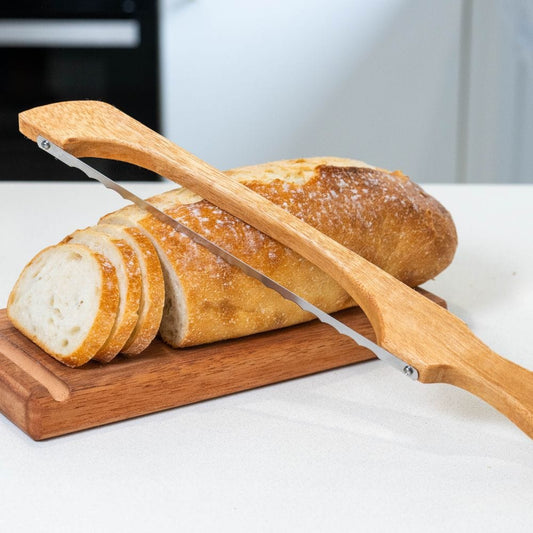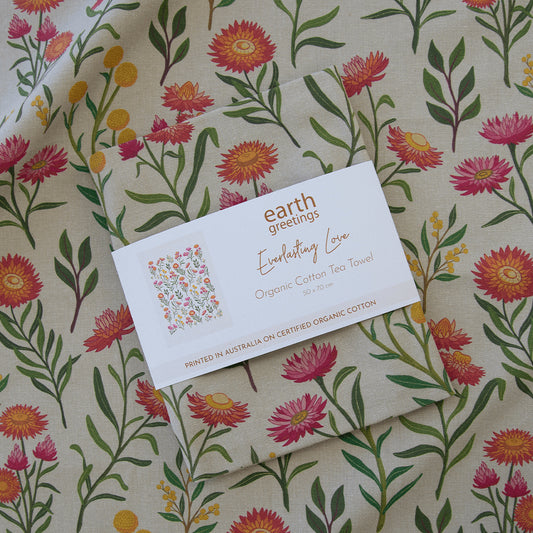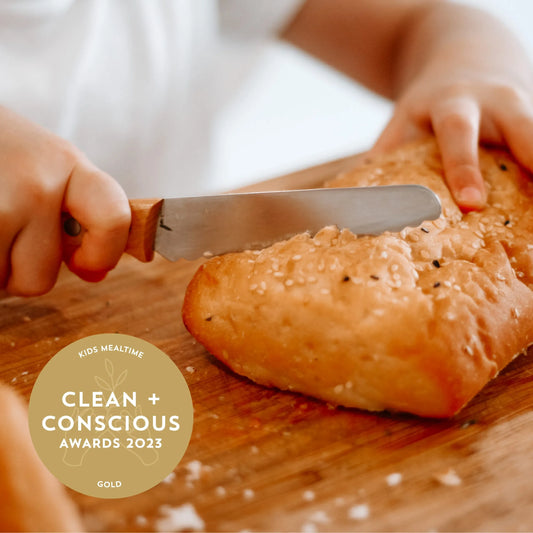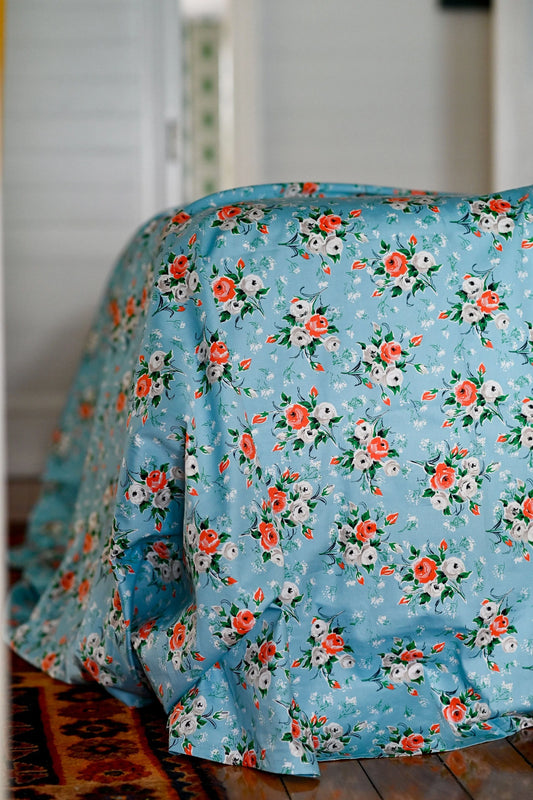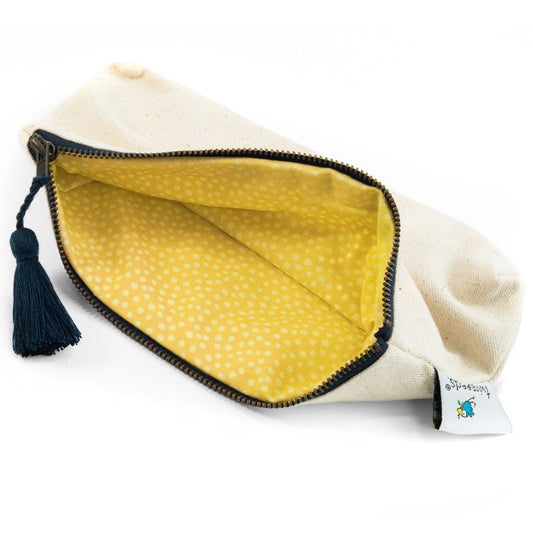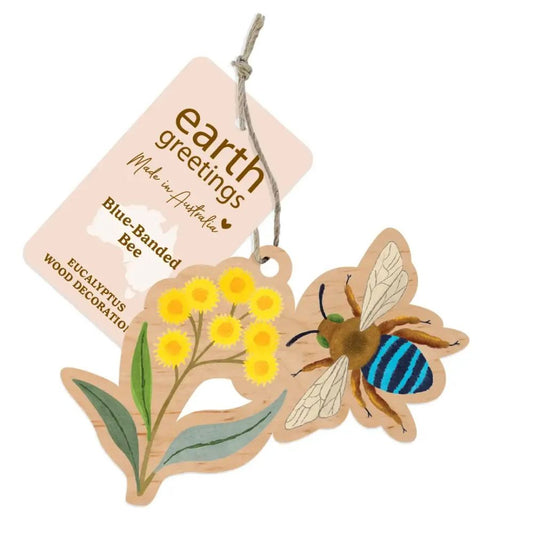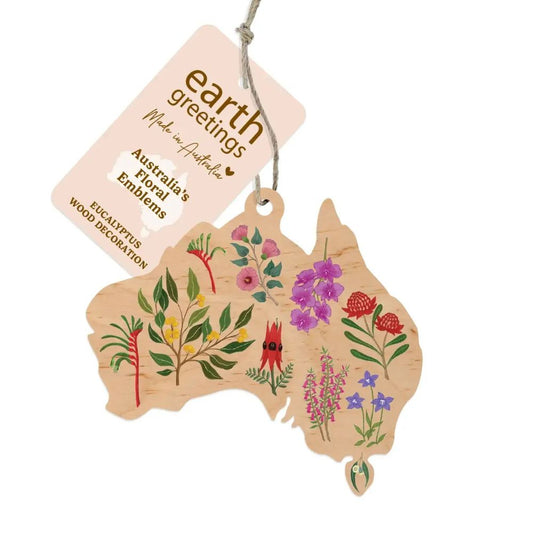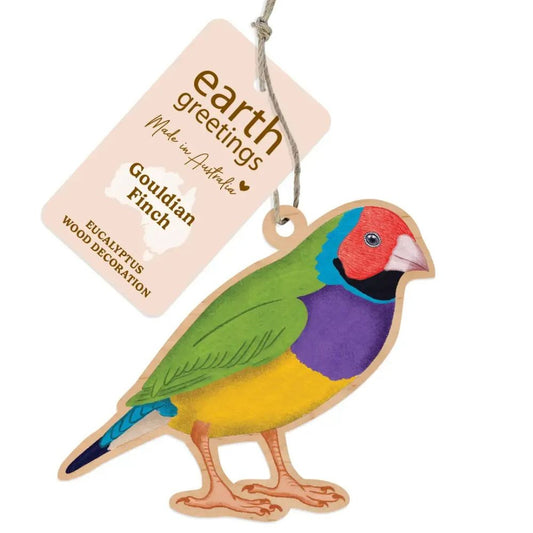
Bread is one of the most popular and ancient foods in the world, but it can also have a significant environmental impact. From the cultivation of the grains to the processing of the flour to the baking of the loaves, bread production consumes a lot of water, energy, and land resources, and generates greenhouse gas emissions, waste, and pollution. At Biome, we aim to help you make more sustainable choices starting simply with understanding how products are made and what from. By consciously thinking about what goes into a product, it helps to highlight the areas where you can make little steps to reduce impact.
So how can we make our bread more sustainable and reduce its ecological footprint?
1. Choose sustainable flour
Sustainable flour is flour that is organic, local, whole grain, and diverse.
Organic flour is grown without synthetic pesticides or fertilisers that can harm the environment and human health.
Local flour is produced near where you live and reduces the carbon footprint of transportation.
Whole grain flour retains the bran and germ of the grain and provides more fiber, vitamins, minerals, antioxidants, and phytochemicals than refined flour.
Diverse flour is made from different grains and supports biodiversity and crop rotation.
Find here links to local and stone ground bread flour millers in Australia.
2. Use natural leavening agents
Another way is to use natural leavening agents, such as sourdough starter or yeast water, instead of commercial yeast. Natural leavening agents are made from fermented flour and water, and they contain beneficial bacteria and yeast that give bread a complex flavour and texture. Natural leavening agents also help to break down the gluten and phytic acid in the flour, making bread easier to digest and more nutritious. Commercial yeast, on the other hand, is a single strain of yeast that is mass-produced and often contains additives and preservatives.
Natural leavening agents have a long history and tradition in bread making. Sourdough starter is one of the oldest forms of natural leavening agents, dating back to ancient Egypt. A sourdough starter is a mixture of flour and water that is left to ferment at room temperature for several days or weeks. The fermentation process creates a sour and tangy flavour that is characteristic of sourdough bread. Sourdough starter can be maintained indefinitely by feeding it regularly with fresh flour and water.
Yeast water is another form of natural leavening agent that is gaining popularity among home bakers. Yeast water is a liquid that is made from fermenting fruits, vegetables, herbs, or grains with water and sugar. The fermentation process produces natural yeast and carbon dioxide that can be used to leaven bread dough. Yeast water can create a sweet and fruity flavour that varies depending on the ingredients used.
To use natural leavening agents for baking bread, you need to prepare a preferment or a levain. A preferment or a levain is a portion of dough that is mixed with natural leavening agent and left to rise for several hours or overnight. The preferment or levain helps to develop the flavor, texture, and structure of the final bread dough. You can also add other ingredients to your preferment or levain, such as salt, oil, honey, seeds, nuts, dried fruits, herbs, or spices.
3. Bake bread at home or buy local
Baking your bread at home gives you more control over the ingredients, the process, and the quality of your bread. You can also save money, reduce packaging waste, and enjoy the satisfaction of making your own food. We have some great bread making books to inspire you.
Buying your bread from a local bakery supports small businesses, artisans, and communities. You can also get fresh, handmade bread that uses local ingredients and traditional methods. You may even be lucky enough to find in your area a bakery that uses traditional sourdough methods, local flours, and do not use synthetic preservatives.
4. Take a reusable bread bag
Avoid needing a paper or plastic bag at the bakery, by taking your own fabric bread bag.
5. Store bread properly to avoid waste
Bread can go stale or mouldy quickly if not stored correctly. To keep your bread fresh longer, you can wrap it in a cloth or paper bag, or store it in an airtight container or a bread box.
You can also freeze your bread in slices or chunks and thaw it when needed.
Why does sourdough last longer than commercial white bread?
Sourdough bread is amazing! It lasts longer than commercial white bread because it has natural preservatives. The sourdough starter contains friendly bacteria that produce lactic acid, which lowers the pH of the dough and prevents mould growth. Sourdough also has a thicker crust that protects the bread from drying out. Sourdough bread can stay fresh for up to a week or even longer if you store it in a cool and dry place.
What to do with stale bread?
If your bread does go stale or dry, you can still use it for making croutons, breadcrumbs, French toast, bread pudding, or other dishes.
Or you can try to refresh it with some simple tricks. Here are some ways to revive your stale bread:
- Sprinkle some water on your bread and bake it in a preheated oven for 5-10 minutes until crisp.
- Wrap your bread in a damp paper towel and microwave it for 10-15 seconds until soft.
- Cut your bread into cubes and toss them with oil, herbs, salt, and pepper for a crunchy crouton salad.
- Grate your bread with a cheese grater or a food processor for fresh breadcrumbs that you can use for coating or binding.
By following these tips, you can make your bread more sustainable. Bread is not only a delicious food but also a symbol of culture, history, and community. Let's make it a part of our sustainable future!
MORE READING

